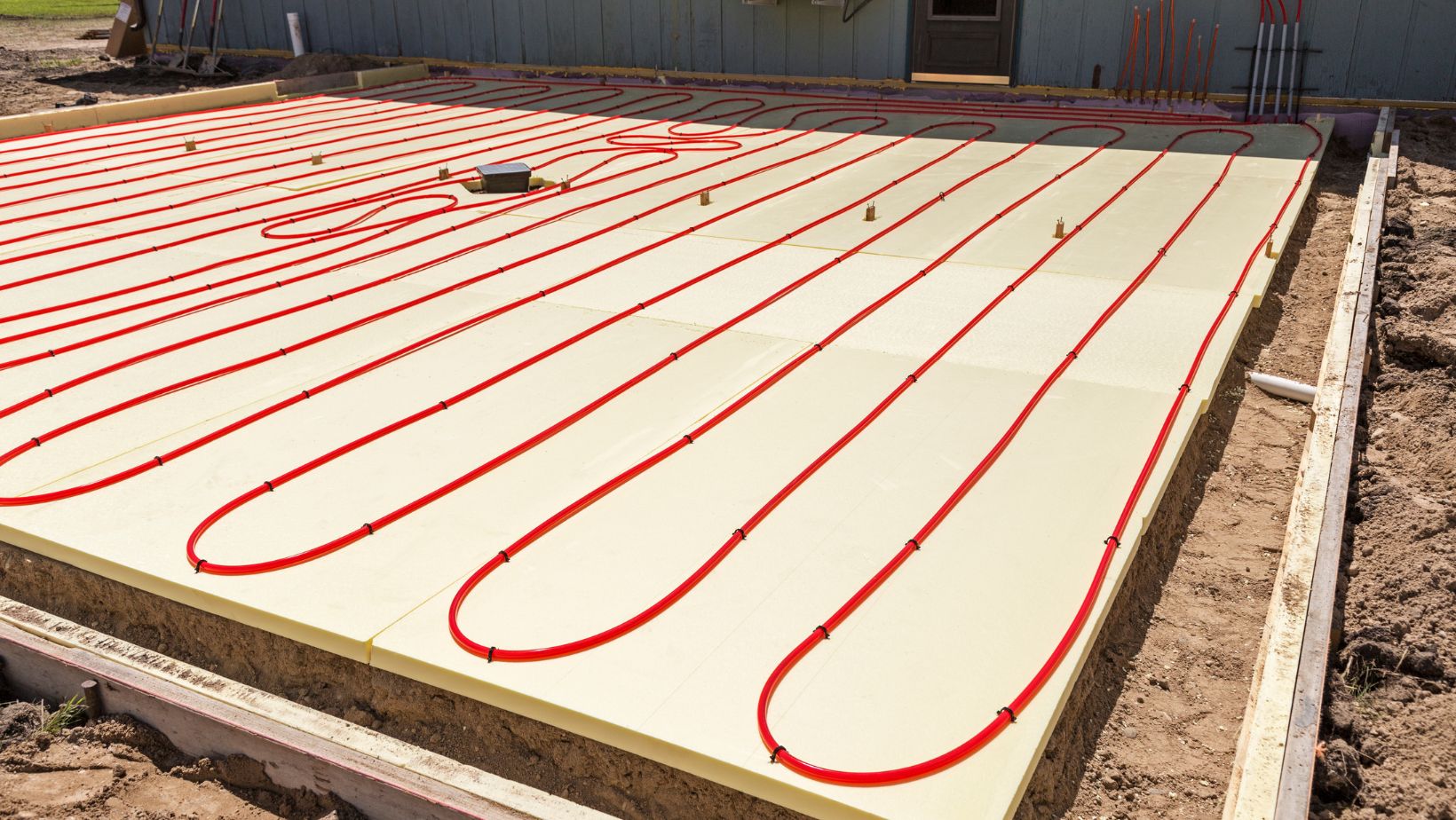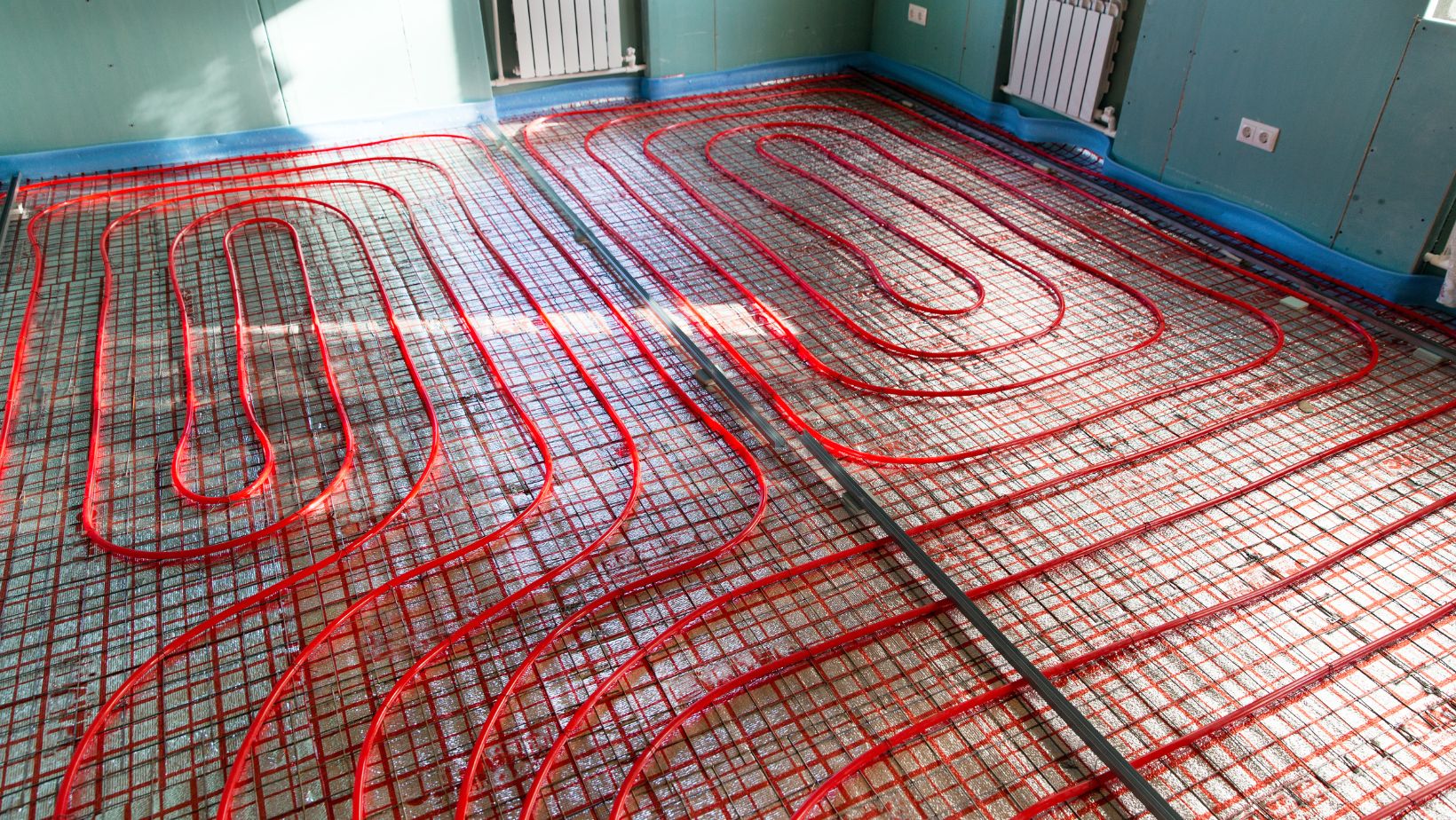Table of Contents
ToggleRadiant Heat for Garage Floor
If you’re considering installing radiant heat for your garage floor, you may be wondering about the installation process. Let me walk you through the steps involved in bringing warmth and comfort to your garage space.
- Planning and Preparation: Before diving into the installation, it’s crucial to plan and prepare accordingly. Here are a few key points to keep in mind:
- Determine the heating system: There are various options available, including hydronic (water-based) systems or electric systems. Consider factors such as energy efficiency, cost, and compatibility with your existing setup.
- Measure the area: Accurately measure the square footage of your garage floor to determine how much radiant heat material you’ll need.
- Assess insulation: Check if your garage has proper insulation to ensure maximum efficiency and prevent heat loss.
- Preparing the Subfloor: To ensure a smooth installation process, it’s essential to properly prepare the subfloor:
- Clean and level the surface: Remove any debris or unevenness from the floor using a broom or vacuum cleaner. This step is crucial for optimal heat distribution.
- Repair cracks or damage: Fill any cracks or gaps in the concrete subfloor with an appropriate filler material. A smooth surface will help maintain consistent heat transfer.
- Installing Insulation: Insulating your garage floor is beneficial as it prevents downward heat loss and enhances energy efficiency:
- Lay down insulation panels: Install rigid foam insulation boards directly on top of the subfloor. These panels act as a barrier between the heated elements and cold ground.
- Secure joints and edges: Seal all joints and edges between insulation panels using adhesive tape or another suitable method. This step ensures that there are no gaps where heat could escape.
- Installing Radiant Heating System: Now comes the exciting part—the actual installation of radiant heating elements:
- Follow manufacturer guidelines: Read and understand the specific instructions provided by the manufacturer of your chosen radiant heating system.
- Lay out the heating elements: Carefully position and secure the heating mats or cables on top of the insulation layer. Make sure they are evenly spaced to provide consistent heat distribution.
- Connect to power source: If you’re using an electric radiant heating system, connect the elements to a dedicated electrical circuit as per local electrical codes. For hydronic systems, consult a professional for proper connection to your boiler or water heater.

Choosing the Right System for Your Garage Floor
When it comes to installing radiant heat for your garage floor, selecting the right system is crucial. This decision will not only impact the comfort and efficiency of your space but also determine the long-term performance and durability of your heating solution. To help you make an informed choice, here are some key factors to consider:
- Flooring Material: The type of flooring you have or plan to install in your garage is an essential factor in choosing the right radiant heat system. Different materials conduct heat differently, so it’s important to select a system that complements your flooring choice. For example, if you have concrete floors, a hydronic (water-based) radiant heat system may be more suitable due to its excellent thermal conductivity.
- Heat Output: Evaluate the specific heating needs of your garage space before deciding on a system. Consider factors such as insulation levels, ceiling height, and climate conditions in your region. A reputable radiant heat supplier can help calculate the required BTU (British Thermal Unit) output for optimal warmth and comfort.
- Installation Method: Radiant heat systems can be installed using either electric mats or water-based tubing embedded within the floor. Electric mats are easier to install and work well for smaller spaces or retrofitting projects. On the other hand, water-based systems offer greater energy efficiency but require professional installation expertise.
- Control Options: Look for a heating system that offers convenient control options tailored to your preferences. Whether it’s programmable thermostats with zoning capabilities or smartphone compatibility for remote access, having control over temperature settings ensures optimal comfort while maximizing energy savings.
- Budget Considerations: Like any home improvement project, budget plays a significant role in determining which radiant heat system is best suited for your garage floor. While electric mat systems tend to be more affordable upfront, hydronic systems may provide greater long-term cost savings through their energy-efficient operation.
Remember, consulting with a professional installer or heating specialist is highly recommended to ensure the right system selection and proper installation. They can assess your garage’s unique requirements and guide you toward the most suitable radiant heat solution for your needs.





